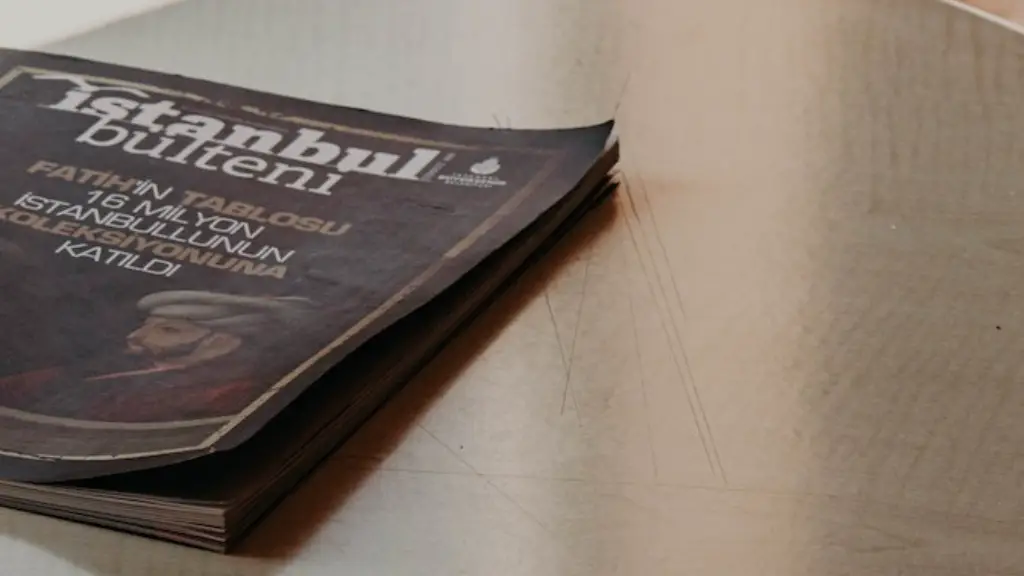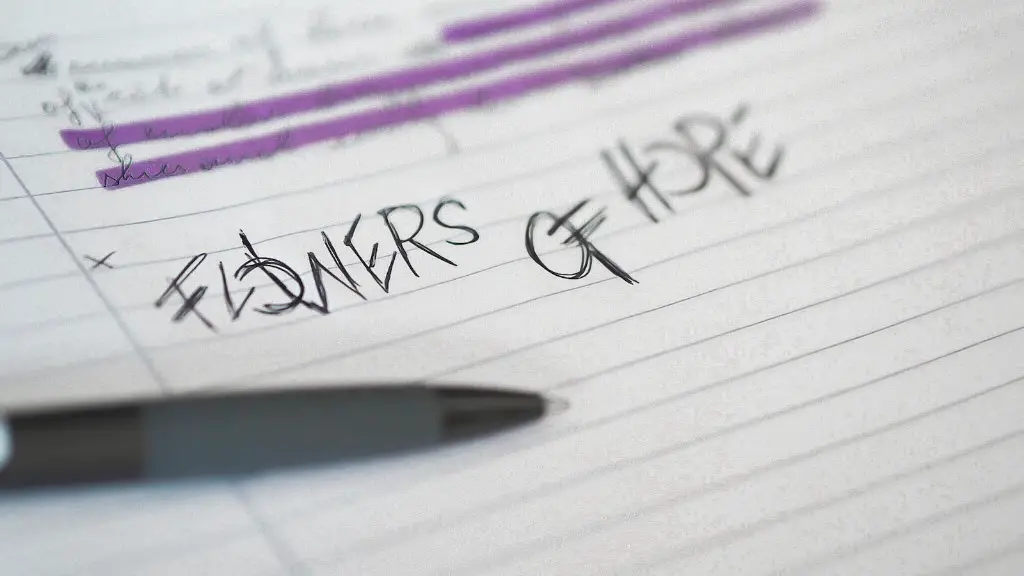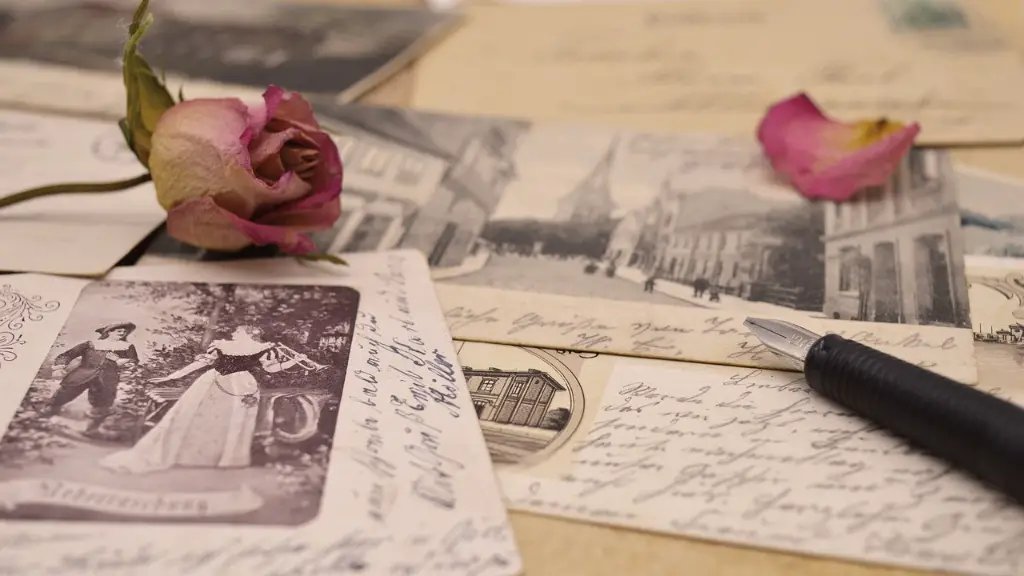What is Poetry
Poetry is a type of literature composed of relatively short, expressive verses written in lines, stanzas and patterns that often employ alternative speech forms and devices such as rhythm, rhyme, repetition, and other imagistic techniques. Unlike lyrics, poetry is not set to music or any other form of performance and is distinct from fiction, drama, and other literary works because of its linguistic complexity, symbolic power and often, its personal nature. Quoting poetry in Modern Language Association (MLA) style requires a few slightly different rules for those quoting prose.
How to Quote Poetry MLA
When quoting poetry, the specific lines should be set within quotation marks. If a poem is very long, the line numbers can be used instead of the entire poem in the parenthetical citation. If the margins of the poem’s printed text are not provided, it is acceptable to indent the lines one half inch. Lines should not be broken up into multiple lines in a quotation, but remain as one line on the page.
For example:
Emily Dickinson’s poem “I’m Nobody! Who Are You?” is about mortality and humility:
“I’m nobody! Who are you?
Are you nobody, too?
Then there’s a pair of us — don’t tell!
They’d banish us, you know. (1-4)”
The parenthetical citation should use the line numbers rather than the page number, unless the poem is taken from a printed book. The parenthetical citation should simply include the author’s surname and the line numbers of the quotation.
For example: (Dickinson 1-4)
Long Quotations of Poetry MLA
Longer quotations of poems should follow a different set of rules. When quoting three lines or fewer of a poem, set the quotation within quotation marks as usual and place the parenthetical citation outside the closing quotation marks after the final period. However, when quoting four lines or more from the same poem, set them apart from the rest of the text by indenting each line or group of lines one and a half inches from the left margin, approximately 10 spaces away, and omit the quotation marks. For a poem quoted longer than four lines, begin each line of the poem on a new line and indent each line an additional quarter inch from the original margin. Add the parenthetical citation after the last line.
For example:
In her poem “Hope is the thing with feathers,” Emily Dickinson invites readers to consider the beauty of optimism:
Hope “is the thing with feathers
That perches in the soul
And sings the tune without the words
And never stops at all (1-4).”
(Dickinson 1-4)
Citing Poetry MLA
When providing a full bibliographical citation for a poem, a few differences should be kept in mind. For example, poems should be written in italics and titles should be capitalized in sentence case. If a poem is anonymous, simply provide the title without including the author’s name.
For example:
Dickinson, Emily. “Hope is the thing with feathers.” The Complete Poems of Emily Dickinson. Edited by Thomas H. Johnson, Little, Brown and Co., 1960.
In-Text Citations for Poems
The parenthetical citations for poems should normally include the author’s surname, the title of the poem, and the line numbers of the quotation.
For example:
Emily Dickinson’s poem “I’m Nobody! Who are You?” is about mortality and humility (“I’m Nobody! Who Are You?” 1-4).
Quoting Sonnets MLA
Shakespearean sonnets, which are made of 14 lines and follow a specific rhyme scheme, are treated by MLA as long quotes. Each line of a Shakespearean sonnet should be indented one and a half inches away from the left margin, while retaining the original format of the poem. The parenthetical citation should be placed outside the closing quotation marks after the last line of the sonnet.
For example:
In his sonnet “When to the sessions of sweet silent thought,” William Shakespeare reassures himself of his musing potential:
When to the sessions of sweet silent thought
I summon up remembrance of things past,
I sigh the lack of many a thing I sought,
And with old woes new wail my dear time’s waste.
Then can I drown an eye, unused to flow,
For precious friends hid in death’s dateless night,
And weep afresh love’s long since canceled woe,
And moan the expense of many a vanished sight.
Then can I grieve at grievances foregone,
And heavily from woe to woe tell o’er
The sad account of fore-bemoaned moan
Which I new pay as if not paid before.
But if the while I think on thee, dear friend,
All losses are restored, and sorrows end. (1-14)
(Shakespeare 1-14)
Quoting Other Poetic Structures MLA
When quoting poems with a different structure, such as haiku, villanelles, ghazals, etc., MLA styling should still be followed. Quotations of such poems should begin on a new line, follow the original format of the poem, and be indented one half inch from the left margin. The parenthetical citation should be located outside the closing quotation marks after the last line of the poem.
For example:
In her ghazal “The Art of Disappearing,” Imtiaz Dharker addresses the struggle of accepting change:
What use is fading, this art of disappearance?
None, it is said; and yet it is a comfort
To blend in the general drift, and not stand out,
When all around is spinning, a familiar ache. (1-4)
(Dharker 1-4)
Using Wordplay and Monologue in Quotes
Poems often employ wordplay, monologue, or other stylistic alternatives to traditional language. When quoting such work, it is important to note that, when possible, the quote should retain these linguistic devices. If a quotation exceeds four lines, it should follow the same in-text rules for long quotes.
For example:
In his poem “Unstuck,” Mark Halliday highlights the difficulties of environmental concerns via wordplay:
“‘Oil-rugged’ it says
on the bottom of the sea.
And ‘clean-coated’ it says
on the top of the tree.
The toil of adaptation
is dizzying but true:
Get oil-rugged below,
get clean-coated up here, (1-6)”
(Halliday 1-6)
Analyzing Quotes
When studying and analyzing poetry, it is important to consider the poem’s elements, sentiment, implications, historical context, and other details. It is equally important to consider what the quote might signify within the poem as a whole. When interpreting a quote, consider the context, repetition, line breaks or enjambment, lines of thought, figurative language, imagery, and other factors.
Writing About Quotes
When writing about a poem, it is important to consider the poem’s main idea, the purpose of each of its elements, and its overall tone. For example, when discussing a poem, writers should consider how the poem matches its author’s literary style or career, and any contemporary social context or movement that might have inspired the poem.
Knowing When to Quote
When quoting poetry, one should consider how quoting a particular line or phrase could contribute to the conversation, provide insight into the poem, or add a meaningful point of view. Quotations should not be included simply to fill space, and writers should be sure that the quote can be seamlessly integrated into their own voice or argument.


